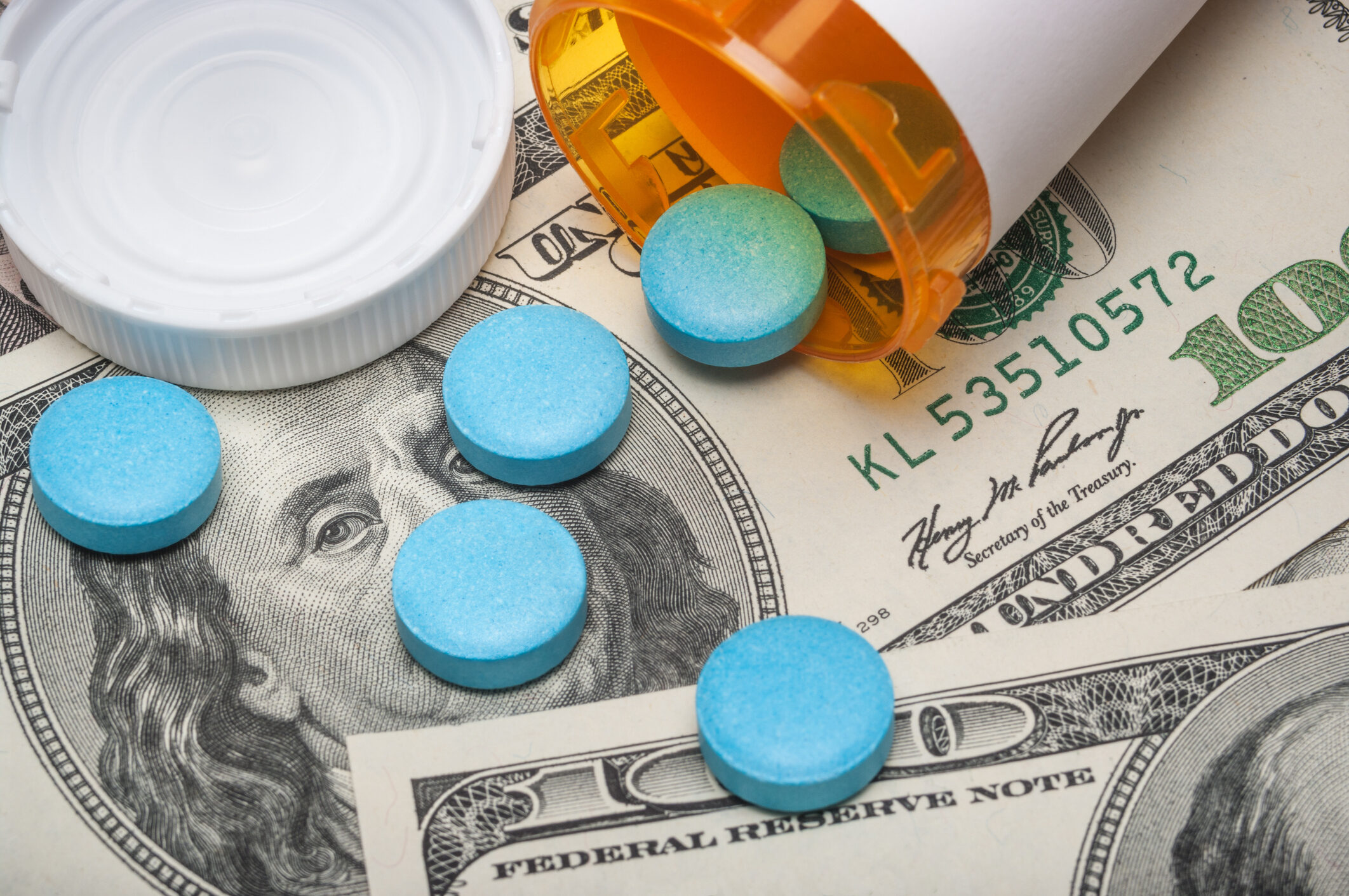© 2025 CSRXP- All Rights Reserved

BIG PHARMA EARNINGS WATCH: ASTRAZENECA
Feb 14, 2020
Brand Name Drug Company Completes Sweep of Big Pharma Giants Who Banked Sky-High Profits After Hiking Prices
Earnings reports for the fourth quarter of 2019 provide the latest evidence that Big Pharma continues to bank sky-high profits while price-gouging American patients. Today, brand name drug giant AstraZeneca announced rising profits completing a trend that holds across the board for the world’s largest brand name drug companies.
- AstraZeneca reported a core operating profit of $6.44 billion – up 13 percent.
- The brand name giant’s full-year total revenue was $24.38 billion, an increase of more than two billion dollars from the previous year.
- Sales for the drug company increased 12 percent to $23.56 billion and were driven by blockbuster cancer and heart medications.
The brand name giant continues to hike prices on American patients, despite the escalating crisis of affordability and heightened attention around out-of-control prescription drug prices.
- Already this year, AstraZeneca has increased the price of 25 drugs.
- In 2019, AstraZeneca hiked the price of its popular heartburn medication, Prilosec, by five percent.
AstraZeneca has a long history of hiking prices on Americans struggling to afford their medications:
- As AstraZeneca Faced Generic Competition To Its High Cholesterol Drug Crestor, Its “Price Was Increased Several Times Before The Generic Came Out … Including By About 15 Percent Right Before.” “AstraZeneca’s AZN, -0.08% drug Crestor, another of the drugs featured in the report, is a popular but expensive drug that treats high cholesterol. In 2016, when the drug first got a new generic rival, the branded product cost about $300 a month without insurance coverage. The price was increased several times before the generic came out … including by about 15% right before. (AstraZeneca said it could not comment because it was not involved in the study.)” (Emma Court, “Big Pharma Games The System To Make Generic Drugs More Expensive,” MarketWatch, 8/3/18)
-
- AstraZeneca’s Pricing Strategy Served To Create “A New, Higher Baseline Price When The Generic Hits The Market.” (Tori Marsh, “Prices For Brand Drugs Spike Before A Generic Is Released. Here’s Why.,” GoodRx, 7/27/18)
- After Increasing Drug Prices By As Much As Nine Percent, On A 2018 Earnings Call, Soriot Insisted The Company Was “Sensitive” To Drug Pricing Concerns And Said It Had Raised “Wholesale Prices Earlier [That] Year By ‘Very, Very Modest’ Amounts.” “During an earnings conference call, the AstraZeneca chief executive disclosed the company would not raise prices in the U.S. for the rest of year. Other drug makers have taken the same step in response to pressure from the Trump administration, but he insisted this was ‘our plan … all along’ … He maintained AstraZeneca was sensitive to the problem by raising wholesale prices earlier this year by ‘very, very modest’ amounts, ‘between 1 and 3 percent’ which, he said, was ‘in line with inflation.’” (Ed Silverman, “When Modest Is Actually Excessive: AstraZeneca Spins Its Price Hikes,” STAT News, 7/26/18)
This quarter all 12 of the world’s largest brand name drug companies – including Johnson & Johnson, Eli Lilly, Roche, Novartis, Pfizer, Amgen, Merck, GlaxoSmithKline, Bristol-Myers Squibb and Abbvie – raked in high profits after continuing to increase prices on struggling Americans.
Congress must act to hold Big Pharma accountable and deliver much needed relief for American patients by passing bipartisan, market-based solutions.
Learn more on market-based measures to hold Big Pharma accountable and lower prescription drug prices with significant bipartisan support in Congress HERE.
###
